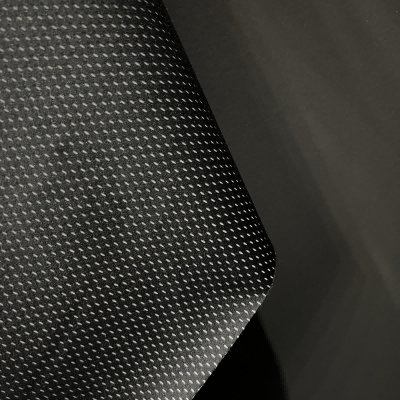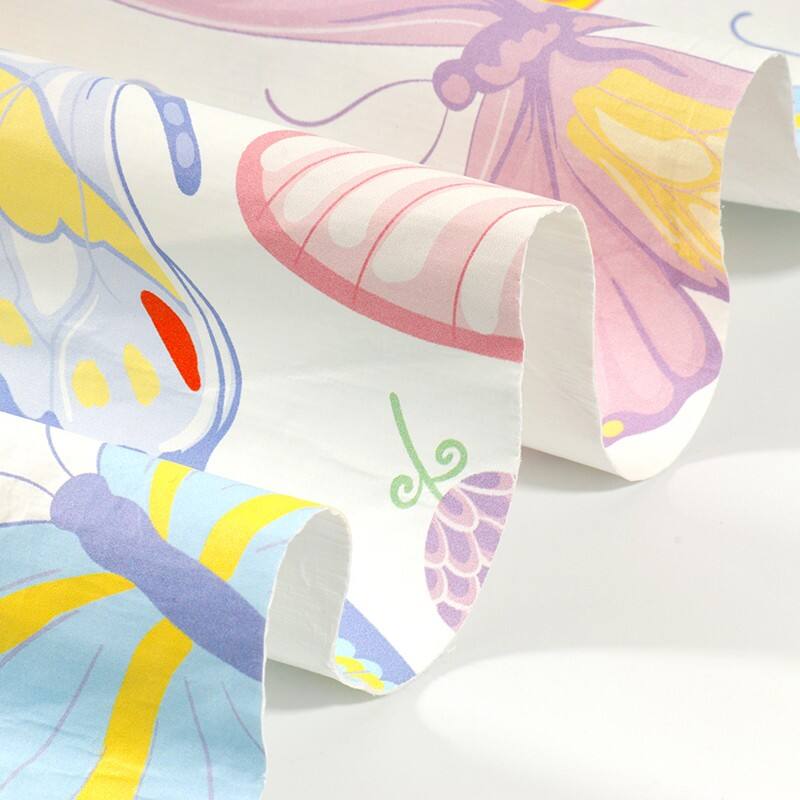eco fashion fabrics
Eco fashion fabrics represent a revolutionary shift in the textile industry, combining sustainability with style and functionality. These innovative materials are crafted from environmentally conscious sources, including organic cotton, recycled polyester, hemp, bamboo, and other renewable resources. The manufacturing process emphasizes minimal environmental impact through reduced water consumption, lower carbon emissions, and the elimination of harmful chemicals. These fabrics feature advanced properties such as moisture-wicking capabilities, enhanced durability, and natural antimicrobial characteristics. They are specifically engineered to maintain their integrity through multiple wash cycles while providing optimal comfort and breathability. Modern eco fashion fabrics incorporate cutting-edge technology that allows for various textures and finishes, making them suitable for diverse applications from casual wear to high-performance athletic gear. The fabrics often undergo rigorous testing to ensure they meet both environmental standards and performance requirements, resulting in materials that are both planet-friendly and practical for everyday use. Their versatility extends to various fashion applications, from lightweight summer wear to structured winter garments, demonstrating that sustainable choices need not compromise on style or functionality.


